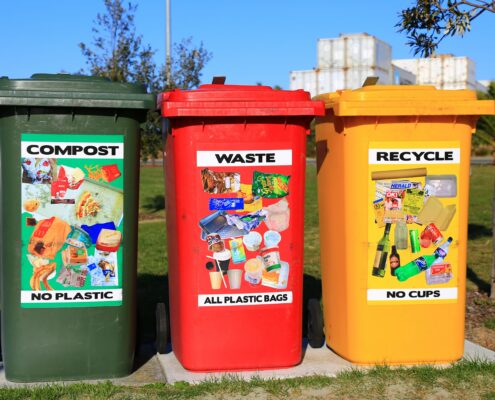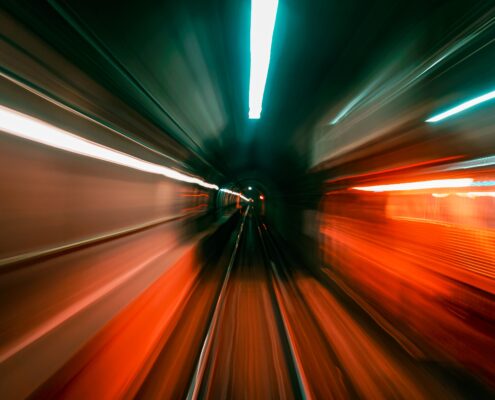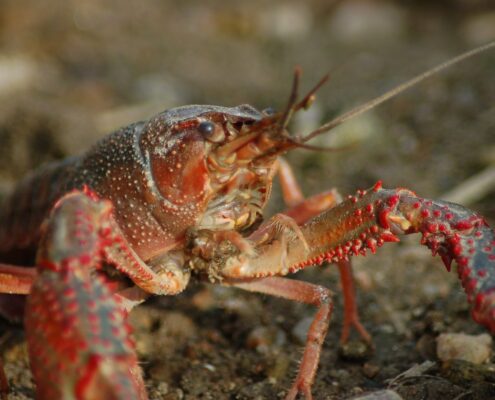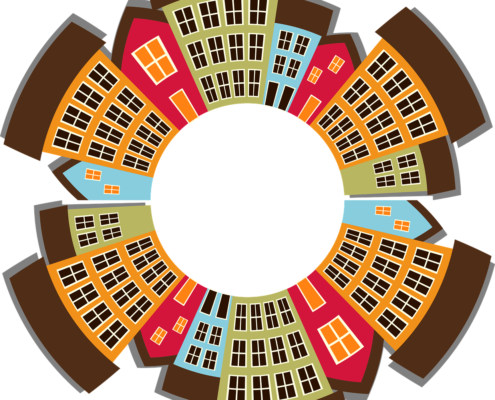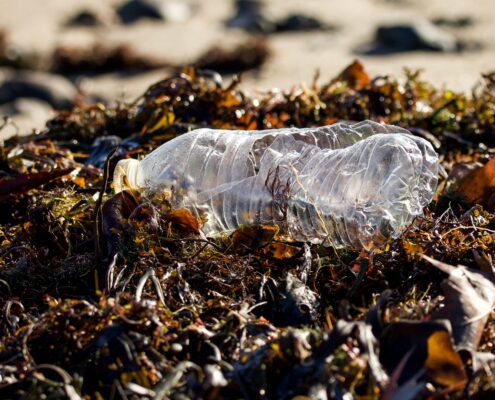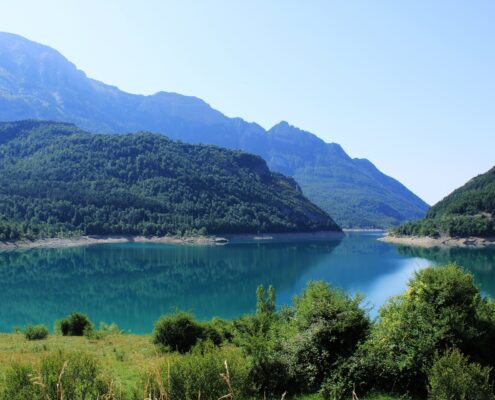 https://greenmarked.it/wp-content/uploads/2024/06/tim-mossholder-qq-8dpdlBsY-unsplash-scaled.jpg
1703
2560
Barbara Centis
https://greenmarked.it/wp-content/uploads/2022/01/LOGO-GREENMARKED-SITO-600x600.png
Barbara Centis2024-06-03 20:02:532024-06-03 20:36:43A World of Plastic: Soon to an End?
https://greenmarked.it/wp-content/uploads/2024/06/tim-mossholder-qq-8dpdlBsY-unsplash-scaled.jpg
1703
2560
Barbara Centis
https://greenmarked.it/wp-content/uploads/2022/01/LOGO-GREENMARKED-SITO-600x600.png
Barbara Centis2024-06-03 20:02:532024-06-03 20:36:43A World of Plastic: Soon to an End?May 30, 2023
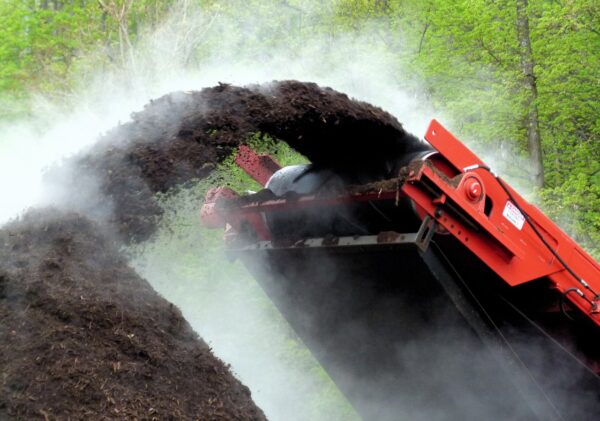
It is now a well-known fact that the linear economic model, oriented toward developing and consuming raw materials to make a profit, is now unsustainable for the environment. According to the linear economy model, in fact, the life of any product is essentially marked by five stages: extraction, production, distribution, consumption and disposal. This means that industry extracts virgin raw materials, transforms them to produce consumable goods using labor and energy, distributes the products to the consumer, who, after using them, proceeds to dispose of the “waste” and, therefore, of the products themselves that have now become “waste” [1]. This model of economy is no longer functional because the demand for raw materials is increasing and they are available in limited quantities. In addition to this, there is the need to limit the environmental impact of raw material production and extraction processes [2].
The change is implemented with the transition to the circular economy: a production and consumption model that involves sharing, lending, reusing, repairing, reconditioning and recycling existing materials and products. This extends the life cycle of products by contributing to a reduction in waste but also recovery and reuse that lead to “keeping products alive” for as long as possible and minimizing waste generation. In the circular economy, products are part of an integrated business model because the good is considered a service: it is inevitable that the benefits will not only be environmental but also economic and social.
Thanks to the Directives issued in recent years by the European Union (the so-called “Circular Economy Package”) numerous efforts have been made in the direction of the paradigm shift between linear and circular economy, and there have been numerous companies and start-ups from Trentino that have approached this new concept.
Antifemo, for example, is a company in Rovereto that wants to transform agribusinesses into zero-waste businesses through a biocatalyst that can transform waste materials that do not ferment (such as, for example, sewage sludge formed during the extraction of juice from fruit) into compost. This exemplary circular economy project has even attracted the attention of the European Commission, which has listed it as a good circular economy practice in the European Circular Economy Stakeholder Platform [3]. The benefits of this innovation accrue to the company, which will actually be able to save money on the disposal of its waste, and at the same time, the environment will benefit since there will be a substantial reduction in pollution in addition to energy savings.
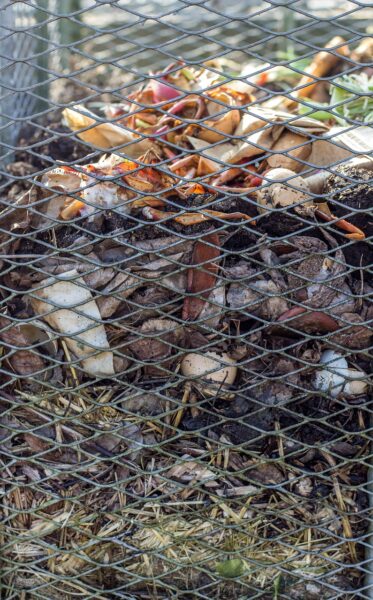
Another best practice is that of Biodermol Ambiente, a Lavis company that has been working for years on the implementation of new solutions aimed at water purification, odor abatement, soil decontamination, and the treatment of waste and biomass. Together with startup Symbiargo, the company has launched a project aimed at treating waste products from tanneries in such a way that it can become a secondary raw material for the fertilizer and biostimulant industry in agriculture. In this way, what is expensive to dispose of, as well as a waste, for tanneries becomes a starting material to close the circular transition of production cycles.
These are just two of the many projects that can be completed with the circular economy: a business model with enormous potential, capable of generating competitiveness by combining innovation and sustainability. To implement this model, however, it is necessary to change the traditional approach: a radical change to market dynamics, customer habits, and the way raw materials are exploited in order to reduce costs, use energy efficiently, decrease CO2 emissions, and optimize the supply chain.
Related articles:
References:
[1] Agenzia Provinciale per la Protezione dell’Ambiente, 2023. Rapporto sullo stato dell’ambiente. https://www.appa.provincia.tn.it/News/APPA-informa-Newsletter-periodica/Economia-lineare-ed-economia-circolare-due-modelli-a-confronto
[2] Myers S. & Frumkin H., 2022. Salute planetaria. Proteggere la natura per proteggere noi stessi. Franco Angeli: 595 pp.
[3] European Commission, 2023. European Circular Eocnomy Stakeholder Platform. https://circulareconomy.europa.eu/platform/en
Cover- and preview image: Compost grinder. Free source photo by Daina Krumins downloaded from Pixabay.

